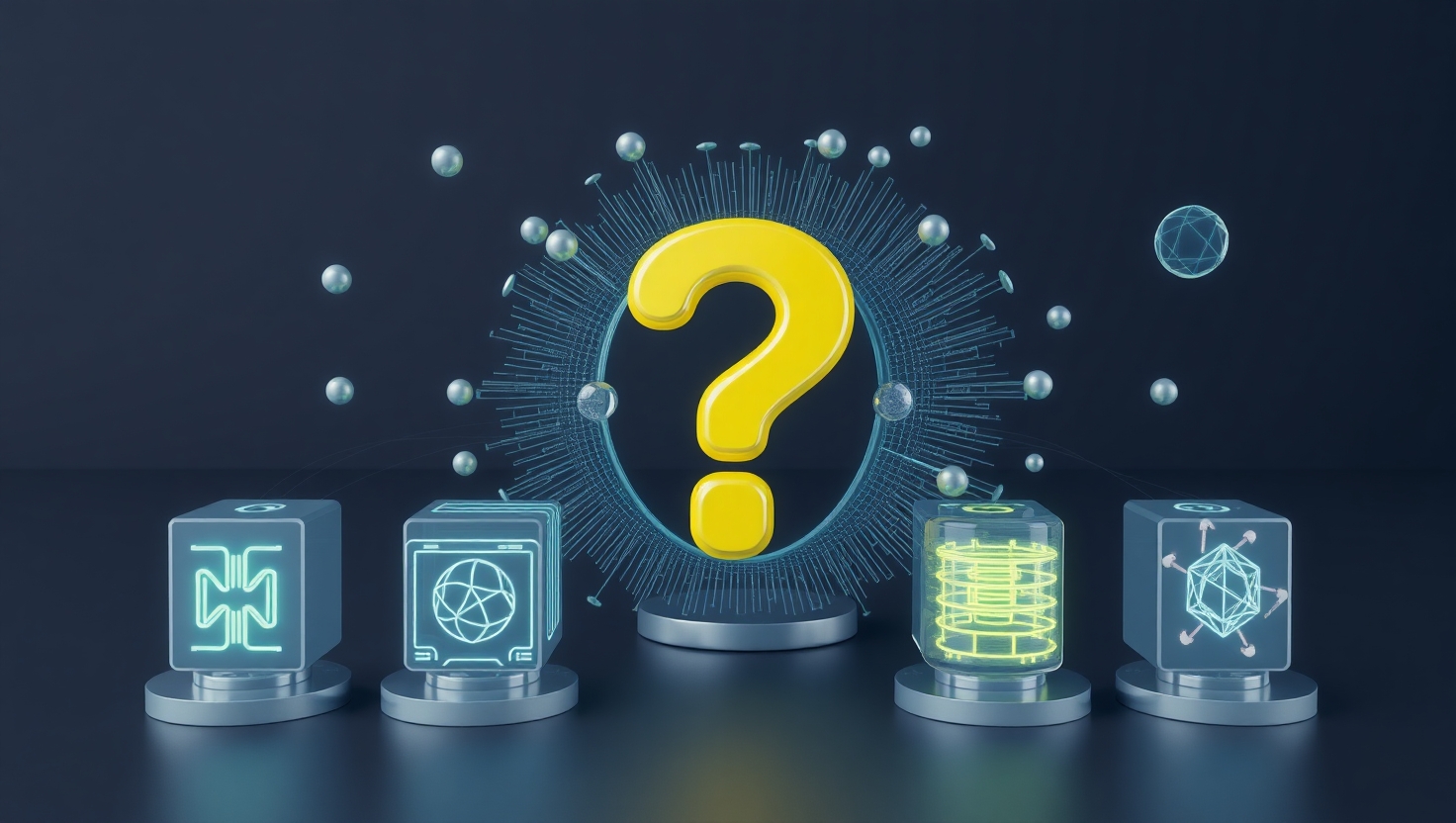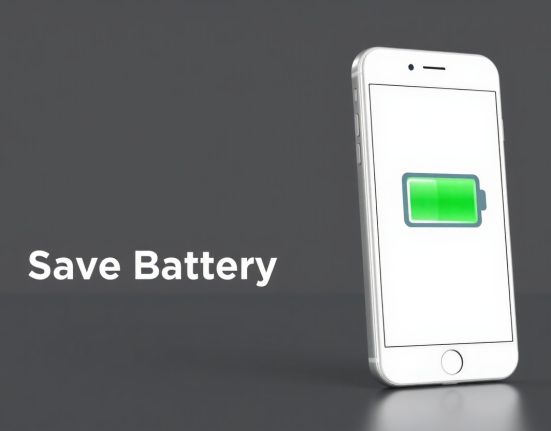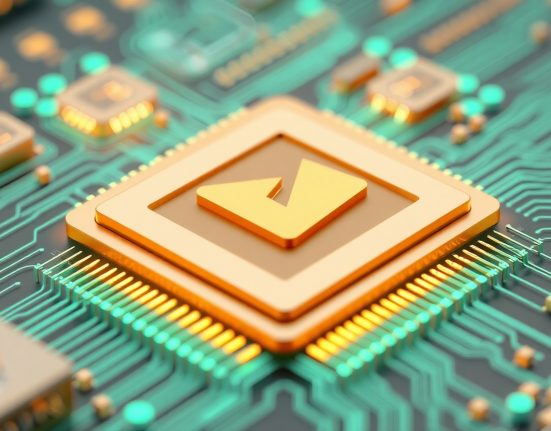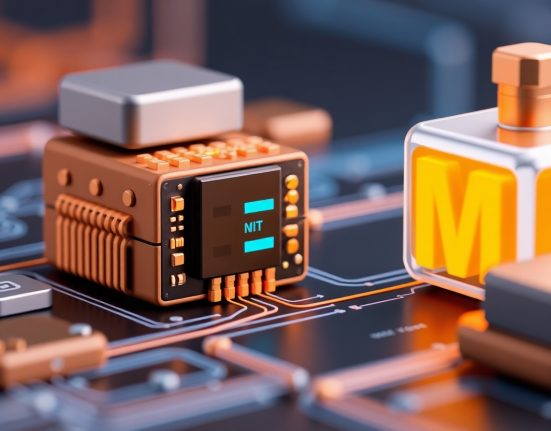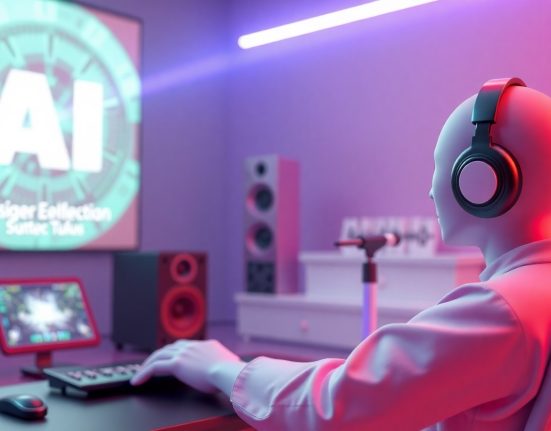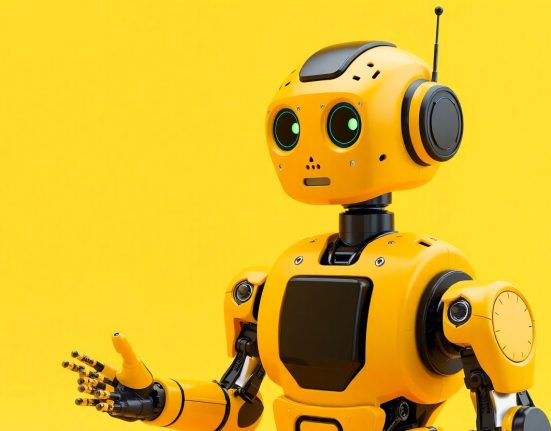Artificial intelligence isn’t magic but sometimes it feels that way. If you’re a developer, a researcher, or just someone excited about the field, you already know how endless the possibilities are. New models are released almost daily, each offering something impressive. Some generate songs, some create images, others detect diseases, predict sales, understand emotions, clean up code and honestly the list just keeps growing. But with all this abundance comes a real challenge. How do you choose the right model? Not the most famous one and not necessarily the most advanced, but the one that truly fits what you’re trying to solve.
The first step is really understanding your problem. Are you trying to predict something? Classify it? Spot patterns? If you’re working with text, models like transformers might be the way to go. If you’re dealing with images or video, convolutional networks could be a better fit. Don’t rush into choosing the flashiest option. Sometimes a simple solution like random forest or even logistic regression will get the job done faster, cheaper and with fewer headaches. Especially when you’re working with limited data, a lightweight model that’s easy to train and explain can be a real advantage.
Once you’ve figured out the nature of your problem, take a good look at your data. What do you really have? If you’re lucky enough to have millions of rows, you can go deeper with more complex models. But if you’re working with a small dataset, it might be smarter to avoid heavy models unless you’re planning to use techniques like transfer learning. Many people fall in love with the idea of training a model from scratch without realizing how much data it actually takes. And that’s totally fine. You can start with a pre-trained model and tweak it to suit your needs. A smart bit of fine-tuning can often save you weeks of work.
Another thing to consider is your resources. How much time do you have? What kind of computing power is available? Are you working solo or with a team? Some models need serious GPU time and days of training. Others work surprisingly well on a simple laptop. Maintenance is a big deal too. A model that nobody understands or dares to touch might become a burden. It’s usually better to go with something slightly less powerful that’s easy to manage and explain than to deal with a black box you can’t control.
Then comes the testing phase. Don’t be afraid to try a few different approaches. Build simple versions of several models, compare their performance, and don’t just look at accuracy. Think about speed, ease of use and how it fits into your real-world application. A good model isn’t just about being right. It’s about being right in a way that actually works in practice. What’s so exciting about working in AI is that there’s no one-size-fits-all answer. What works for one project might totally fail in another. The more you try, the more you’ll learn what really matters to you. That’s what makes this field so addictive. Every time you build something new, you discover something not just about the technology but also about how you think and create with it.








